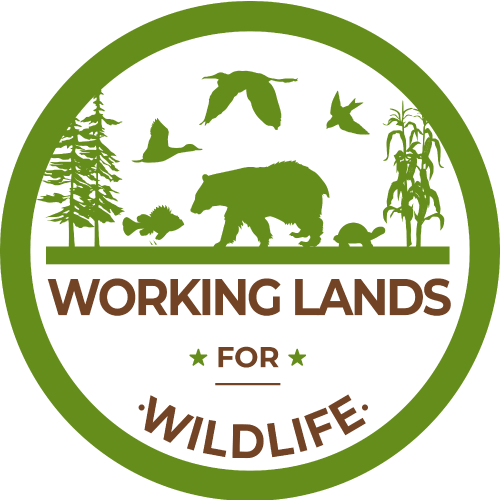-
Virginia Tech Researchers Receive NSF Grant to Study Parental Care in Eastern Hellbender Salamanders
-
by
Web Editor
—
published
Oct 11, 2018
—
last modified
Nov 03, 2023 09:42 PM
—
filed under:
Additional Resources,
News & Events,
Eastern Hellbender Additional Resources,
WLFW,
NSF,
Resources,
Aquatics,
News,
Eastern Hellbender,
virginia tech
William Hopkins, professor of wildlife in the College of Natural Resources and Environment, is the principal investigator on a new grant from the National Science Foundation (NSF) for $738,817 to study parental care in the eastern hellbender salamander.
Located in
News & Events
/
Eastern Hellbender News
-
 Watering Facility - CPS 614
Watering Facility - CPS 614
-
by
Morgan Harris
—
published
Jul 12, 2019
—
last modified
Jul 17, 2023 11:36 AM
—
filed under:
Eastern Hellbender NRCS Conservation Practices & Materials,
Conservation Practices,
NRCS Conservation Practices & Materials,
Resources,
Aquatics
A watering facility is a means of providing drinking water to livestock or wildlife.
Located in
Information Materials
/
NRCS Conservation Practices & Materials
/
Conservation Practices
-
Western Oregon University CERT Resources
-
by
Web Editor
—
published
Nov 01, 2019
—
last modified
May 29, 2025 06:00 PM
—
filed under:
Wildfire,
Landowner Resources,
Disaster Readiness,
Fire,
CERT,
Landowner Information,
Resources
CERT is about readiness, people helping people, rescuer safety...
Located in
Landowner Information
/
Landowner Resources
-
 What evidence exists for landbird species-environment relationships in eastern temperate and boreal forests of North America? A systematic map protocol
What evidence exists for landbird species-environment relationships in eastern temperate and boreal forests of North America? A systematic map protocol
-
by
Tab Manager
—
published
Mar 29, 2022
—
filed under:
Literature Gateway,
Resources
In this systematic map, we propose to answer the review question: what evidence exists for bird species-environment relationships in eastern temperate and boreal forests of North America?
Located in
Resources
-
 Working With Farmers and Landowners in NY to Restore Bog Turtle Habitat Powerpoint Presentation
Working With Farmers and Landowners in NY to Restore Bog Turtle Habitat Powerpoint Presentation
-
by
Web Editor
—
published
Feb 07, 2022
—
last modified
Jul 24, 2023 11:18 AM
—
filed under:
Additional Resources,
Bog Turtle,
Webinars and Instructional Videos,
Webinar,
Aquatics,
Bog Turtle Additional Resources,
Online Training Resources,
Resources
Approximately 15 minute presentation on conducting bog turtle habitat conservation through Farm Bill programs on private lands, and how to work with private landowners. Presented by Elizabeth Marks of NRCS, an Area Biologist in upstate NY who has extensive experience with this topic.
Located in
Online Training Resources
/
Webinars and Instructional Videos


